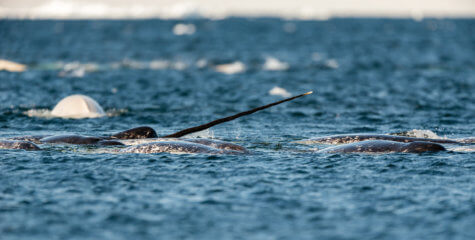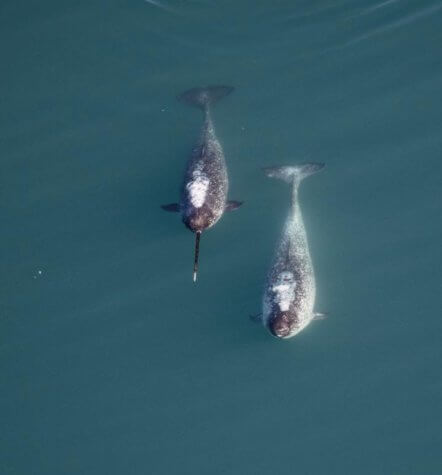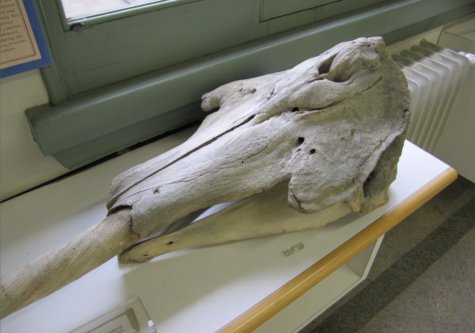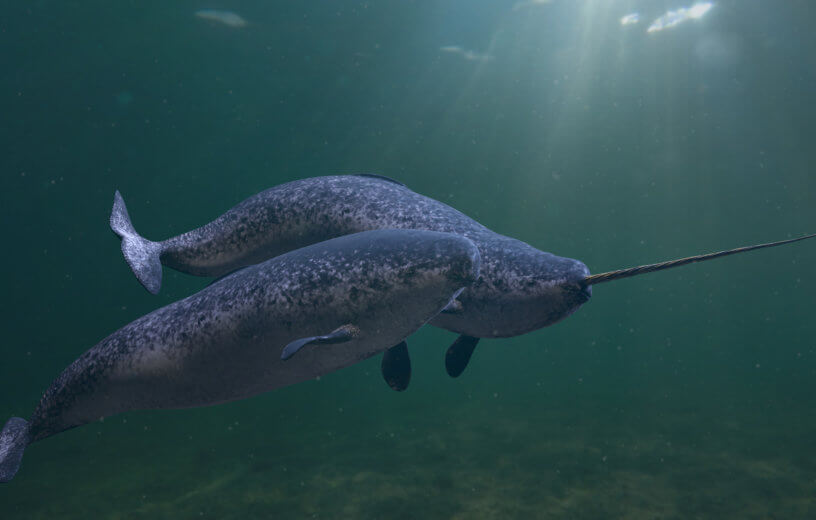TEMPE, Ariz. — The old sexual innuendo that size matters is a pretty dated and crude ideology these days, but for narwhals the saying appears to hold true. Researchers at Arizona State University have found that narwhals’ tusks serve as a “sexual function” that aids in mate selection.
Male narwhals, often called the “unicorns of the sea,” grow long tusks out of their foreheads that can reach up to eight feet long. Narwhals spend most of their time under Arctic ice, and we’ve never really been exactly sure what purpose these tusks serve. Many scientists have theorized they aid in hunting or fighting, while others have speculated they aid in sexual selection.

Some narwhals have been seen with tusk injuries that must have been suffered during a battle with another male. Others have been seen engaging in “tusking,” in which two males rubs their tusks together, suggesting some form of communication.
The study’s lead author, Arizona State University researcher Zackary Graham, theorized that these tusks’ main purpose is to serve as a sexual selector. Essentially when two males are in pursuit of the same female, the narwhal with a larger tusk is almost always going to assert dominance.
“Broadly, I’m interested in sexual selection, which is responsible for creating some of the craziest traits in biology. As an evolutionary biologist, I try to understand why some animals have these bizarre traits, and why some don’t,” he comments in a statement.

So, to demonstrate that narwhals’ tusks serve a sexual selection purpose, he examined the relationship between tusk size and body size. Morphology data on 245 adult male narwhals that was collected over the course of 35 years was used for this study.
Across species, sexually selected traits usually display disproportional growth. For example, sexually selected traits are usually larger than they really should be, even among the biggest specimens. With this in mind, researchers compared the growth of narwhal tusks in relation to their overall body size, as well as a second trait that definitely has nothing to do with sex. That second nonsexual trait was the narwhals’ tails (flukes).
“We also predicted that if the narwhal tusk is sexually selected, we expect greater variation in tusk length compared to the variation in fluke width,” Graham notes.
The results confirmed Graham’s theory. Narwhals’ tusks tend to fluctuate greatly in size, much more than their tails. Often times these fluctuations are completely disproportional.

“By combining our results on tusk scaling with known material properties of the tusk, we suggest that the narwhal tusk is a sexually selected signal that is used during the male-male tusking contests,” Graham says. “The information that the tusk communicates is simple: ‘I am bigger than you.'”
Moreover, since only the strongest and most well fed males get to develop extra long tusks, it makes all the sense in the world that these growths would serve as obvious indicators of an optimal mating partner to females.
“Overall, our evidence supports the hypothesis that the tusk functions both as a sexually selected weapon and sexually selected signal during male-male contests,” Graham concludes. “However, further evaluations of the narwhal’s ecology are warranted.”
The study is published in Royal Society Biology Letters.
